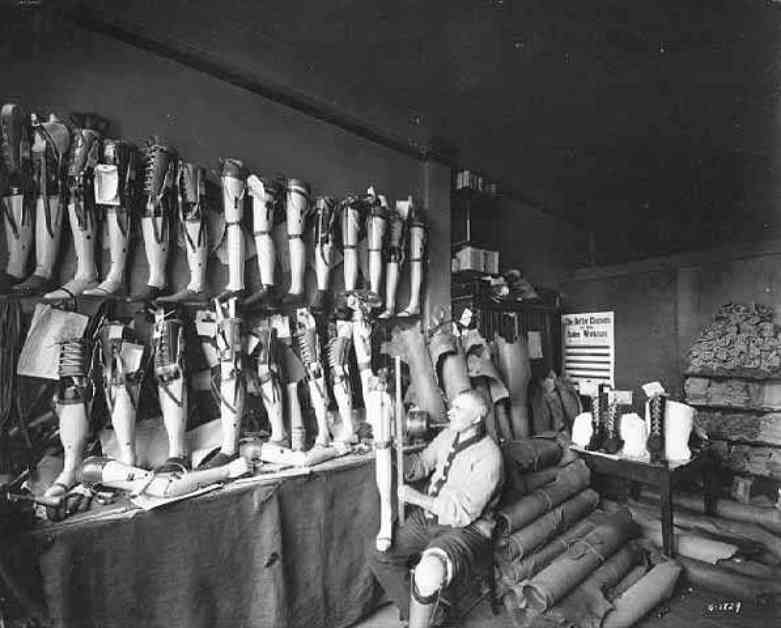In the late 1800s, Minneapolis emerged as a hub for artificial limb innovation, with the first companies setting up shop in the city. The demand for prosthetics was high, especially among veterans who lost limbs during the Civil War. To address this need, the Union provided a “limb allowance” for veterans to purchase artificial limbs, with amounts ranging from $50 to $75.
Before the limb allowance, prosthetics were too expensive for many people in need. Those who couldn’t afford artificial legs often resorted to using crutches or simple “peg legs.” However, with government aid, there was a surge in demand for more advanced prosthetics that closely resembled human limbs.
In addition to war veterans, workers in industries like milling, logging, farming, and railroads also required artificial limbs due to work-related accidents. Mill injuries were a common cause of amputation in the late 1800s, but soon railroad and automobile accidents surpassed them. Some individuals needed prosthetics due to congenital conditions, frostbite, polio, or farm accidents.
Artificial limbs in Minnesota were predominantly made of wood before World War I, crafted by skilled individuals like cabinet makers, clockmakers, and locksmiths. These craftsmen took their time to carve wood, make brass sockets, and cover the limbs with rawhide and enamel for strength and aesthetics. Many of them were amputees themselves, driven by the desire to create better prosthetics.
During World War I, the U.S. government established the Artificial Limb Laboratory (Limb Lab) to standardize prosthetic construction using materials like pressed sawdust fiber. Despite efforts to rehabilitate wounded veterans and integrate them back into society, some amputees found prosthetics cumbersome and ineffective. The post-war medical approach focused more on form than function, favoring prosthetics that resembled natural human limbs.
By 1918, Minneapolis had become a leading manufacturer of artificial limbs in the U.S. The city’s prominence in the industry continued to grow, with local companies earning significant sales and expanding their reach beyond Minnesota. During World War II, Minneapolis firms like the Minneapolis Artificial Limb Company played a crucial role in supplying prosthetics to wounded veterans, transitioning from wood-based limbs to plastic ones due to wartime rationing.
After the war, Minneapolis artificial limb companies thrived, with some acquiring larger firms and exploring international partnerships. Despite challenges like price fixing allegations, these companies continued to innovate and adapt to changing technologies. In the 21st century, Minneapolis remains a key player in the prosthetics industry, with original companies evolving to meet modern demands.
Some firms, like the Winkley Artificial Limb Company (now Winkley Orthotics and Prosthetics), have survived through generations, showcasing the city’s enduring legacy in artificial limb innovation. Local prosthetists continue to make technological advancements, such as the development of bionic hands with electronic capabilities. The rich history of artificial limb innovation in Minneapolis reflects the city’s ongoing commitment to serving individuals in need of prosthetic solutions.


